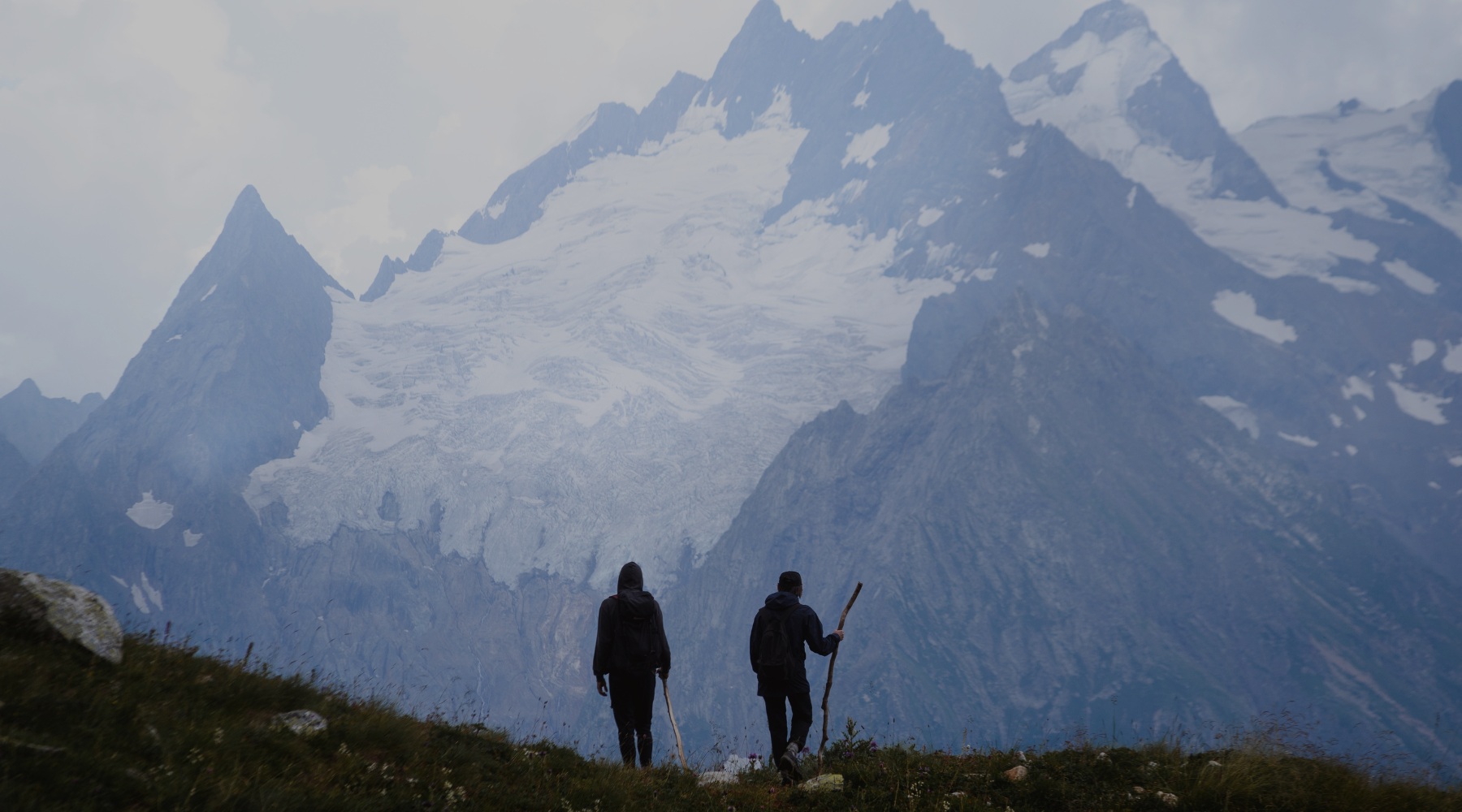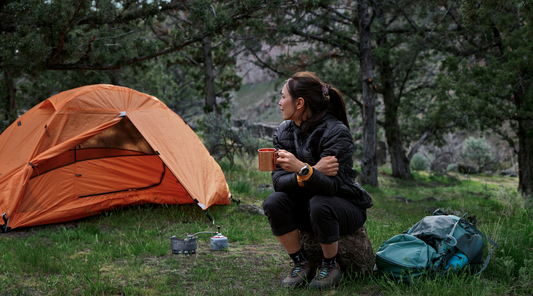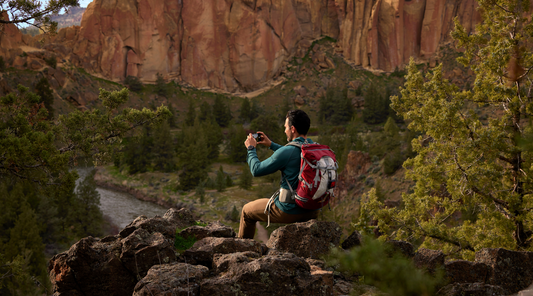Your cart is empty
Whether you're trekking across the Arctic, sailing through remote waters, or leading a humanitarian mission in an isolated region, reliable communication is key. Without cell towers or internet infrastructure, satellite connectivity is your lifeline for safety, coordination, and data transfer.
This guide will walk you through everything you need to plan a robust satellite communication strategy for your expedition, from choosing the right gear to budgeting airtime and preparing for emergencies.
1. Define Your Communication Goals
Start by identifying what you need your satellite device to do. Ask yourself:
- Do I need two-way messaging with my team or home base?
- Will I be tracking my progress live on a map?
- Is emergency SOS functionality critical?
- Am I planning to send emails, reports, or photos?
Clarifying these goals helps you choose the right device and airtime plan. For example, adventure travellers often prioritize safety and tracking, while field researchers may need high-volume data transfer.
2. Match Devices to Use Cases
Different needs call for different tools. Here’s how to match the right satellite gear to your goals:
| Use Case | Best Option |
|---|---|
| Emergency SOS & messaging | Garmin inReach, SPOT X |
| GPS tracking | SPOT Trace, Garmin inReach |
| Voice calls | Iridium 9555, Iridium Extreme |
| Email/data sharing | Iridium GO!, BGAN Explorer |
| Group connectivity | Iridium GO! exec, Starlink Roam (where available) |
For basic messaging and safety, a SPOT X or ZOLEO may suffice. For global voice calling and hotspots, Iridium or Inmarsat devices are more suitable.
3. Choose the Right Network
There are three main satellite networks to choose from:
- Iridium (LEO): Offers 100% global coverage, including polar regions. Ideal for remote expeditions and unpredictable environments.
- Inmarsat (GEO): Strong coverage across most of the globe, excluding the far poles. Great for land and maritime use.
- Globalstar: Lower-cost devices with regional coverage, ideal for North America, parts of Europe, and Australia.
For global reliability, Iridium devices like the GO! or Extreme 9575 are top-tier choices.
4. Plan Your Airtime
Airtime can be complex especially on longer expeditions. Consider:
- Prepaid plans for shorter trips or seasonal use.
- Monthly contracts if you need continuous service.
- Rentals for one-off missions.
Estimate your usage in:
- Voice minutes
- Message counts
- MB of data (if applicable)
Many devices let you adjust tracking/reporting intervals to reduce data usage. Check out our satellite rental options or speak to our team for advice.
5. Manage Your Power Wisely
No power = no signal. Remote expeditions demand power planning:
- Carry spare batteries or portable battery packs.
- Solar panels are great for multi-day treks.
- Turn off devices when not in use and disable unnecessary features like auto-syncing or screen backlights.
Pro tip: Use low-frequency tracking settings (e.g., every 30 minutes) unless constant monitoring is essential.
6. Test Everything Before Departure
Before you head into the field:
- Fully charge all devices.
- Activate SIMs or airtime plans.
- Perform test calls or send messages.
- Learn how to send SOS and location beacons.
If traveling in a group, ensure everyone knows how to operate the devices, especially in an emergency.
7. Enable Real-Time Tracking & Updates
Sharing your location via satellite is not just a safety feature. It’s a great way to engage your audience. Many satellite messengers offer:
- Live tracking maps
- Social media updates
- Scheduled check-ins with loved ones or support teams
For public expeditions or fundraising missions, this can be a game-changer.
8. Prepare for Emergencies
Always have a backup plan. Consider:
- A secondary device or SIM
- A handheld GPS or compass
- A printed emergency contact sheet
- Scheduled check-in times with your home team
Also, make sure someone back home has access to your tracking dashboard and knows your route and communication protocol.
9. Pack a Communications Checklist
- Satellite phone or messenger
- Charger + spare batteries
- Power bank or solar panel
- Preloaded SIM or airtime
- Waterproof case
- Printed contacts & user guide
- Emergency plan + backup route
Conclusion
Remote expeditions require careful planning, and that includes how you’ll stay connected. By understanding your communication needs, choosing the right gear, and testing everything in advance, you’ll be prepared for both everyday updates and life-threatening emergencies.
Explore OSAT’s range of satellite phones, trackers, and rental kits, or get in touch with us to build a bespoke expedition bundle.
Don’t wait until you're off-grid to think about staying connected.




